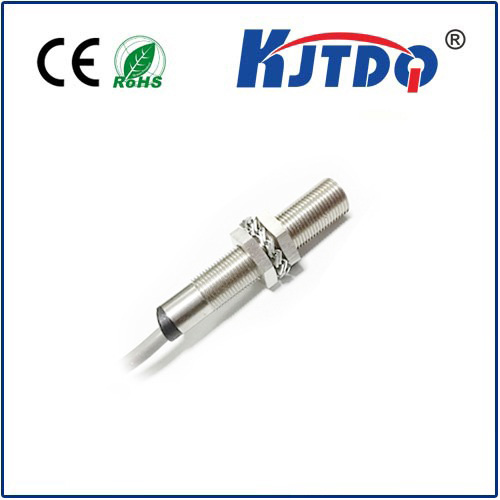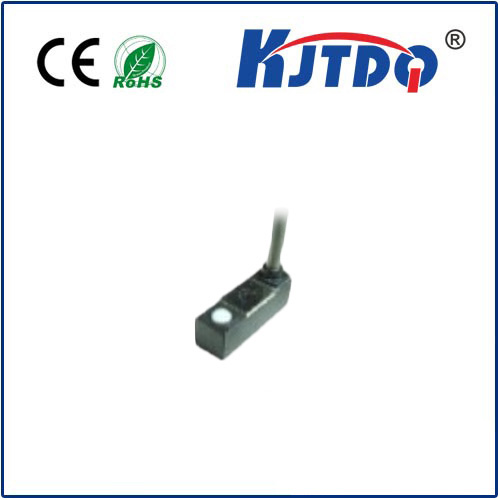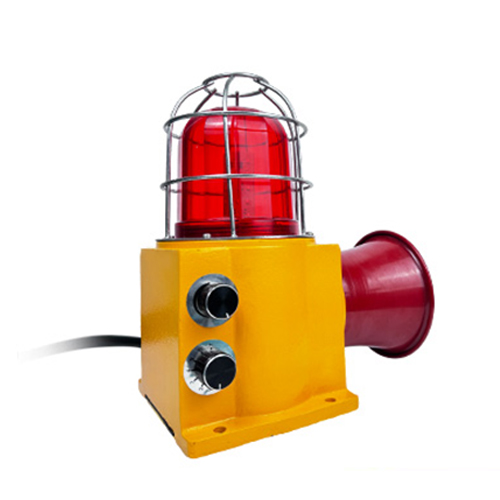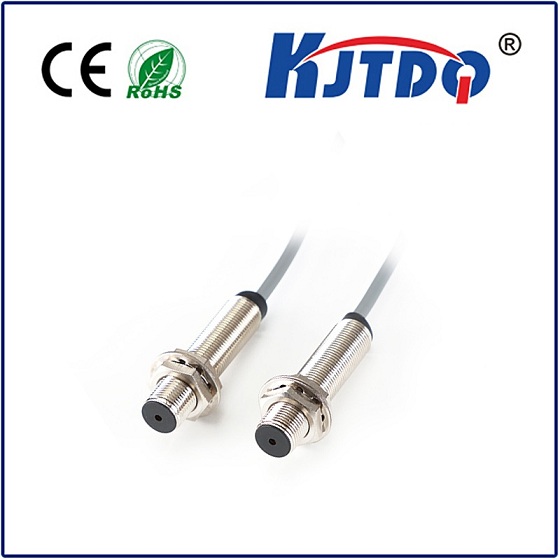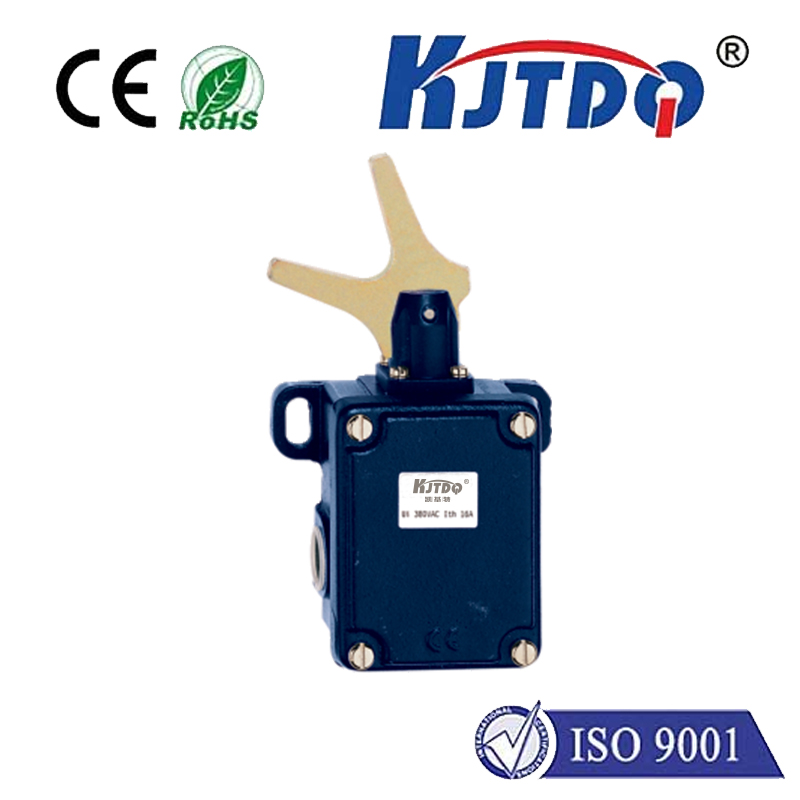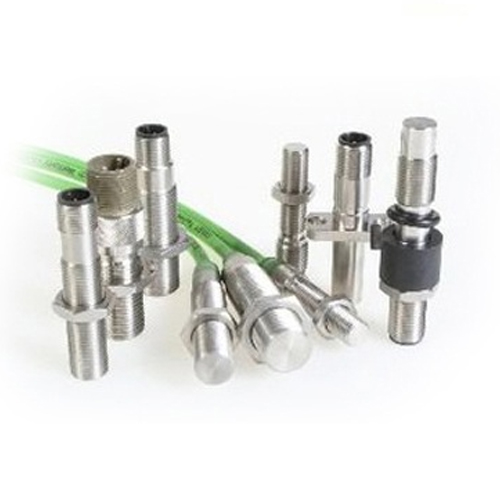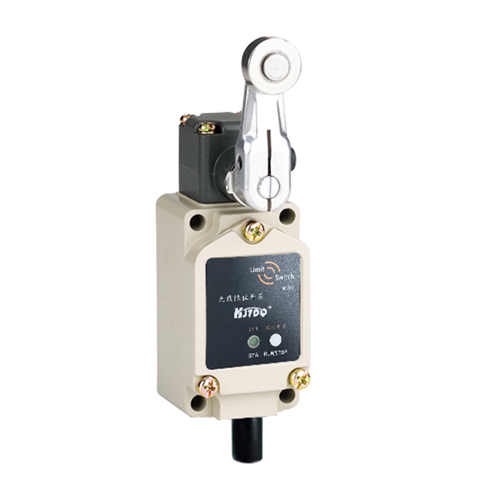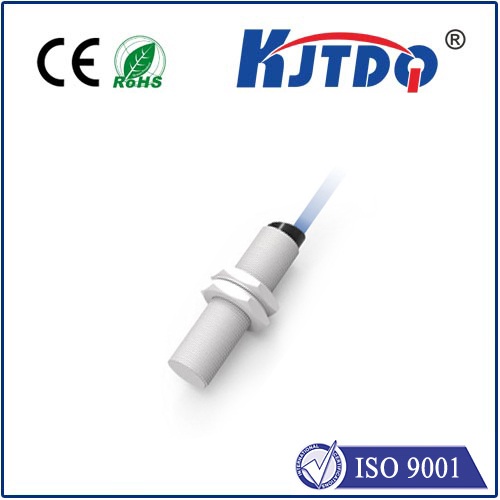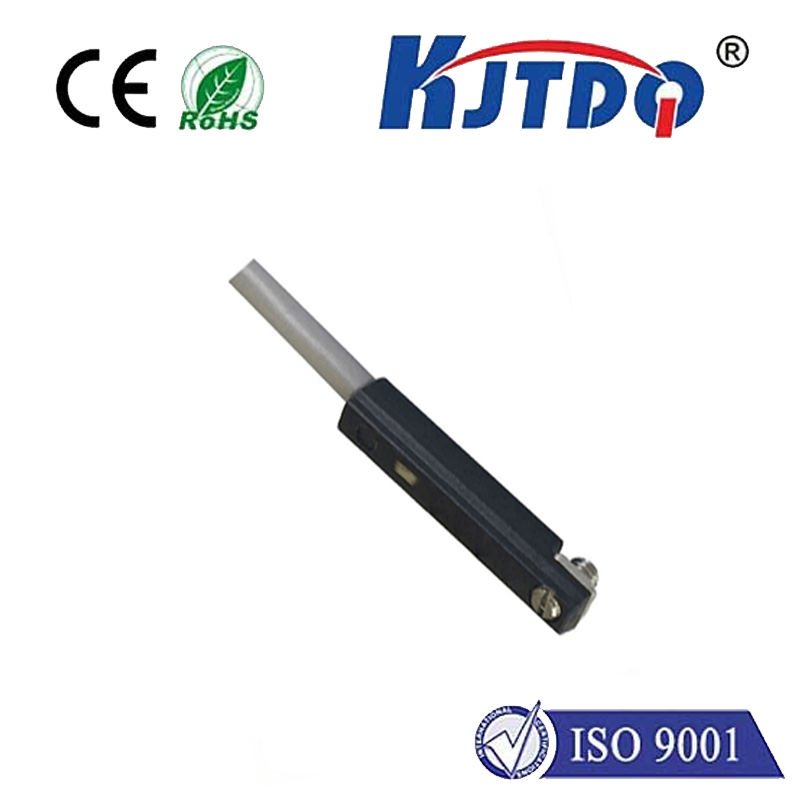

check

check

check

check

check

check

check

check

check

check
Induction sensors, the silent workhorses of modern automation, detect the presence of metallic objects without physical contact. From ensuring precise positioning on assembly lines to safeguarding machinery, their reliability is paramount. Yet, when it comes time to procure them, the induction sensor price range can be surprisingly wide, leaving many buyers perplexed. Understanding the key factors that influence this cost is crucial for making informed purchasing decisions that balance budget and performance requirements.
Beyond the Basic Unit: Unpacking the Cost Variables
The sticker price of an induction sensor isn’t arbitrary. It’s a reflection of the engineering, materials, and capabilities packed into that compact housing. Here’s a breakdown of the primary drivers:
Sensing Range & Size: This is fundamental. Generally, sensors with longer sensing ranges require more sophisticated coil designs and electronics to generate and detect the necessary electromagnetic field reliably at a distance. Larger physical size often correlates with increased range and also uses more material. Unsurprisingly, a sensor with a 20mm range will typically cost more than one with a 4mm range.
Material & Build Quality: Durability is king in industrial settings. Sensors constructed from stainless steel (especially V4A/316L) offer superior corrosion resistance, chemical resilience, and mechanical strength compared to nickel-plated brass or plastic bodies. This robustness comes at a premium. The choice of housing material directly impacts longevity in harsh environments and thus influences the price significantly.

Output Configuration: How does the sensor communicate its detection state?
Environmental Protection (IP Rating): Induction sensors often face dust, moisture, oils, and coolants. Higher IP ratings (e.g., IP67, IP68, IP69K) guarantee superior sealing and protection. Achieving these ratings requires meticulous design, high-quality seals, and rigorous testing, which translates into a higher induction sensor price. For washdown environments or extreme conditions, this is non-negotiable.
Performance Specifications: Precision matters.
Brand Reputation & Support: Established global brands often command higher prices due to extensive R&D investment, proven reliability, comprehensive global warranties, and readily available technical support. While quality generic or regional brands offer cost-effective alternatives, the value proposition of premium brands includes reduced downtime risk and supply chain security.
Quantity & Supplier: Like most industrial components, volume purchasing usually unlocks significant discounts. Furthermore, buying directly from manufacturers or reputable distributors specializing in automation often yields better pricing and support than general electronics retailers. The specific sales channel and your negotiated terms are key factors.
Smart Spending: Navigating the Induction Sensor Marketplace
Understanding these drivers empowers smarter purchasing:
The Future of Price & Value in Induction Sensing
Advancements continue. Smart sensors with integrated IO-Link and diagnostics are becoming more common, offering enhanced value through predictive maintenance capabilities and easier parameterization. While often carrying a higher initial induction sensor price, the operational savings they enable through reduced downtime and simplified maintenance can deliver a compelling return on investment (ROI). Manufacturing efficiency and component miniaturization may also gradually push costs down for standard models, but the demand for higher performance, robustness, and intelligence will simultaneously fuel innovation at the
